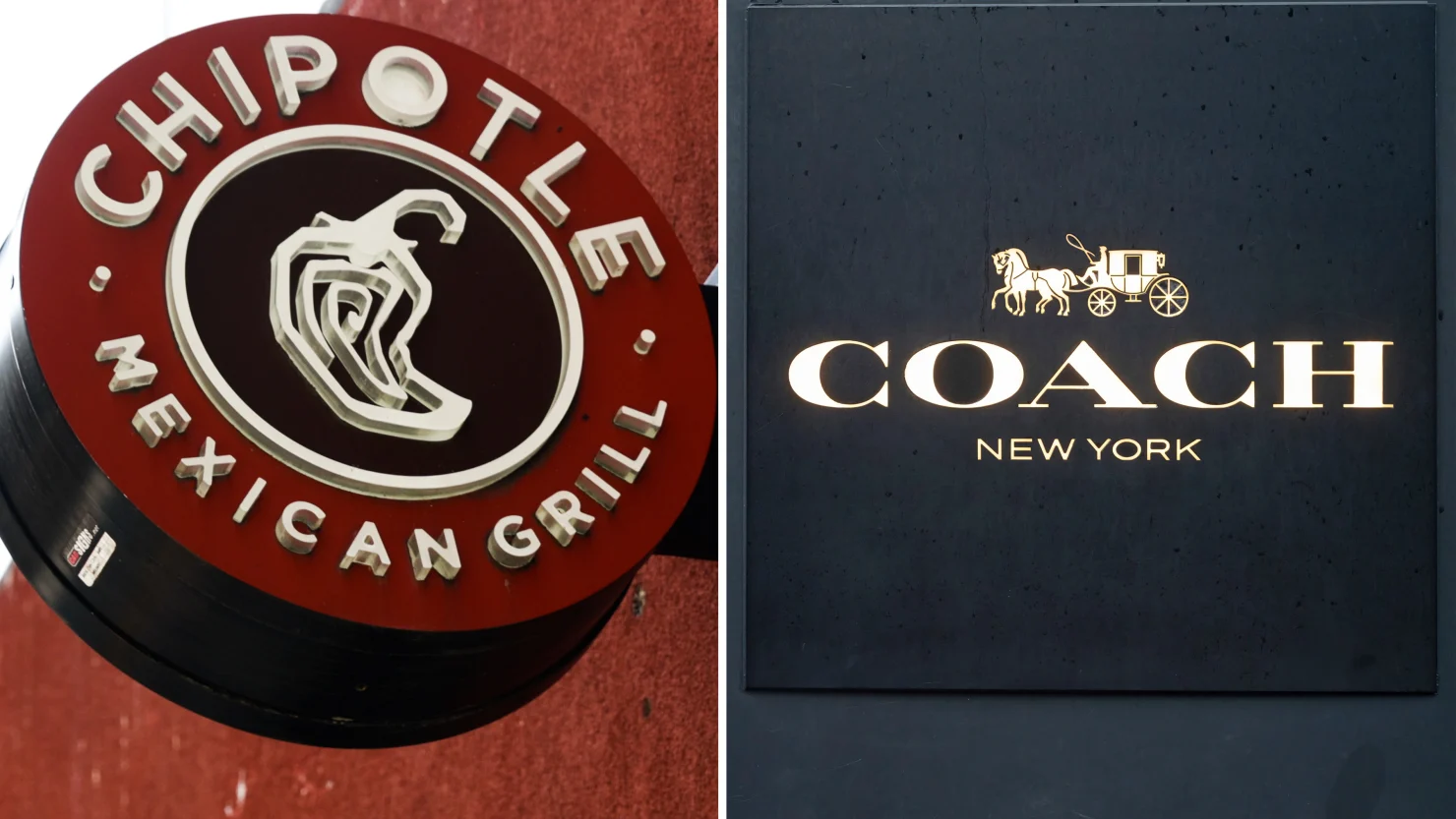For the first time ever, streaming has overtaken both cable and broadcast television combined in total US TV viewership for an entire month, according to Nielsen’s latest report.
In May, Americans spent 44.8% of their total TV time watching streaming content, compared with 44.2% for cable and broadcast combined — a symbolic milestone in the ongoing transformation of how audiences consume television.
This shift marks a major inflection point since Nielsen began tracking streaming data alongside traditional TV usage in 2021. At that time, broadcast and cable accounted for nearly two-thirds of viewing, while streaming captured just 26%.
Several factors contributed to streaming’s rise:
1. Older Viewers Join the Streaming Boom
While younger audiences were early adopters of streaming, viewers over the age of 65 — traditionally loyal to broadcast — are increasingly embracing streaming platforms. According to Nielsen, this group accounted for a major share of May’s gains, particularly via free ad-supported services like Tubi, Roku Channel, and Pluto TV, which collectively made up 5.7% of all TV time.
YouTube has seen particularly strong growth among older viewers, with those aged 65 and above watching 106% more YouTube on TV sets compared to a year earlier. Overall, YouTube claimed 12.5% of total TV time in May, making it the most-watched single streaming platform.
2. Cable Networks Reduce Original Content
Cable TV’s viewership has declined 39% over the past four years, a trend accelerated by media companies shifting investments from traditional cable channels to their own streaming services. Many once-dominant cable networks now rely heavily on reruns rather than producing new scripted programming, leading to reduced audience engagement.
3. Broadcast TV Remains Relevant but Faces Erosion
Broadcast has been more resilient than cable, declining 20% in four years. Big events like the Super Bowl and Oscars still draw large audiences — but increasingly, these events are also available via streaming platforms. For instance, Super Bowl LVIII aired on both Fox and Tubi, drawing more than 13 million viewers via the streaming service alone.
Upcoming changes — such as new episodes of “Jeopardy!” and “Wheel of Fortune” debuting on Hulu and Peacock — further underscore how streaming is eroding the once-exclusive role of broadcast TV.
The winners in the streaming surge are clear:
YouTube (excluding YouTube TV) leads all services with a 12.5% share.
Netflix maintains its position as the most-watched subscription-based service, accounting for about 8% of total TV time, with usage up 27% since 2021.
FAST (Free Ad-Supported Streaming TV) platforms like Pluto TV and Roku Channel are gaining traction, particularly among cost-conscious viewers.
The number of platforms capturing at least 1% of total viewing has grown from five in 2021 to eleven today, reflecting both audience fragmentation and expanded content offerings.
While seasonal shifts — such as summer TV hiatuses and the absence of live sports — likely helped streaming surpass traditional TV in May, Nielsen anticipates this trend could soon become permanent.
Brian Fuhrer, Nielsen’s SVP of product strategy, noted that ongoing structural changes in the media landscape — including corporate spin-offs of cable divisions at Warner Bros. Discovery and Comcast — signal a lasting pivot toward digital platforms.
“Streaming has crossed a major threshold,” Fuhrer said. “And the momentum is unlikely to reverse.”
With input from the New York Times, CNBC, and Variety.










The latest news in your social feeds
Subscribe to our social media platforms to stay tuned